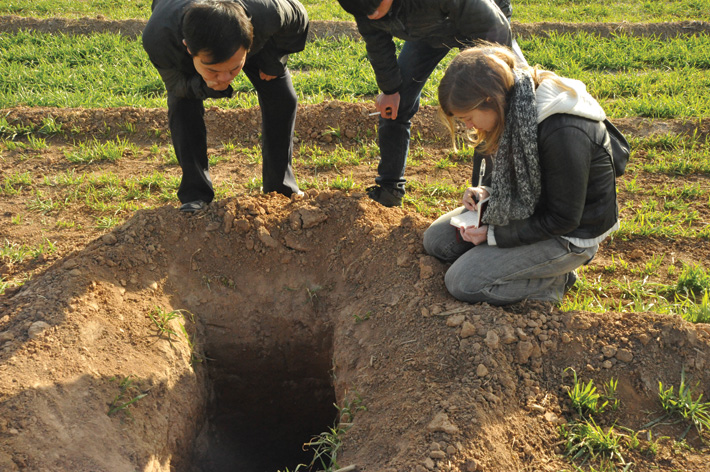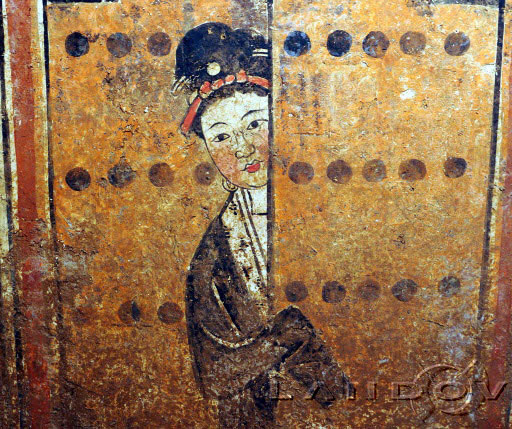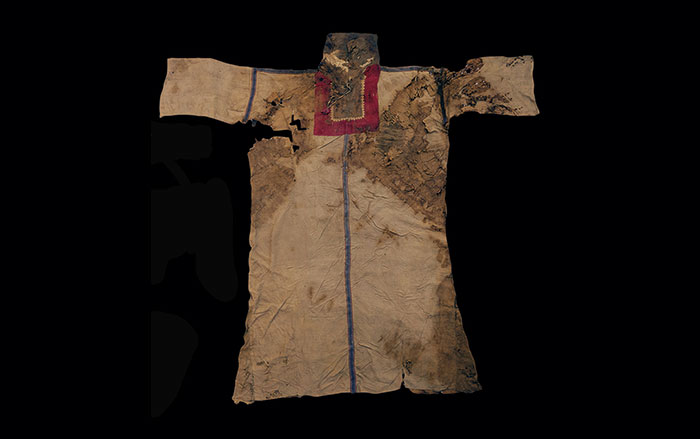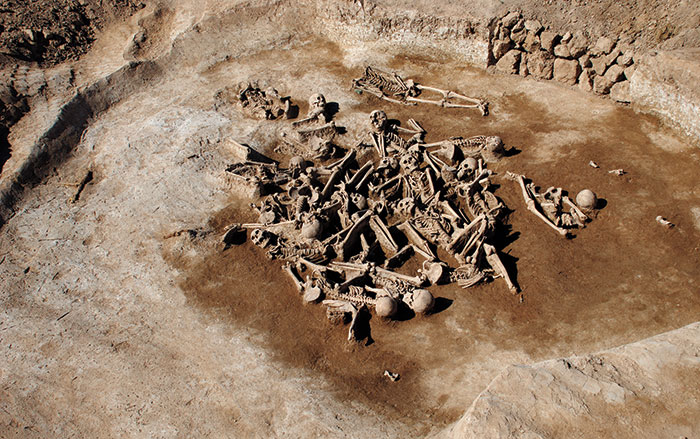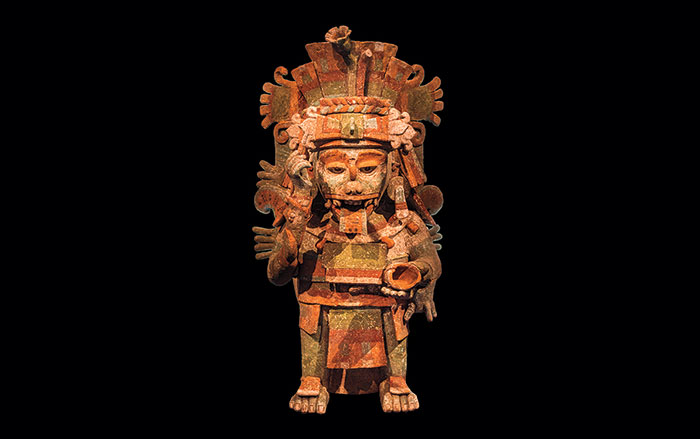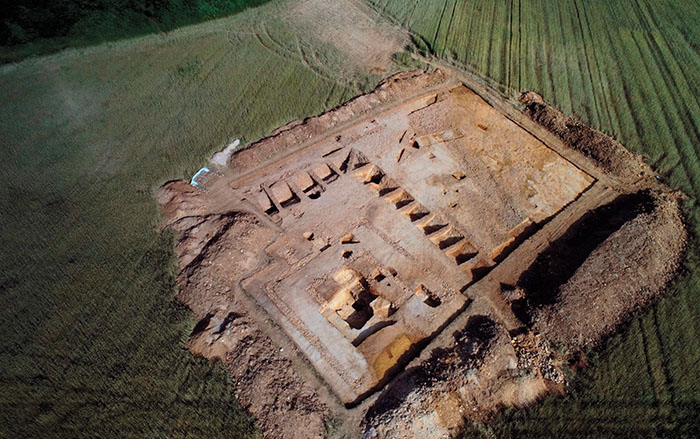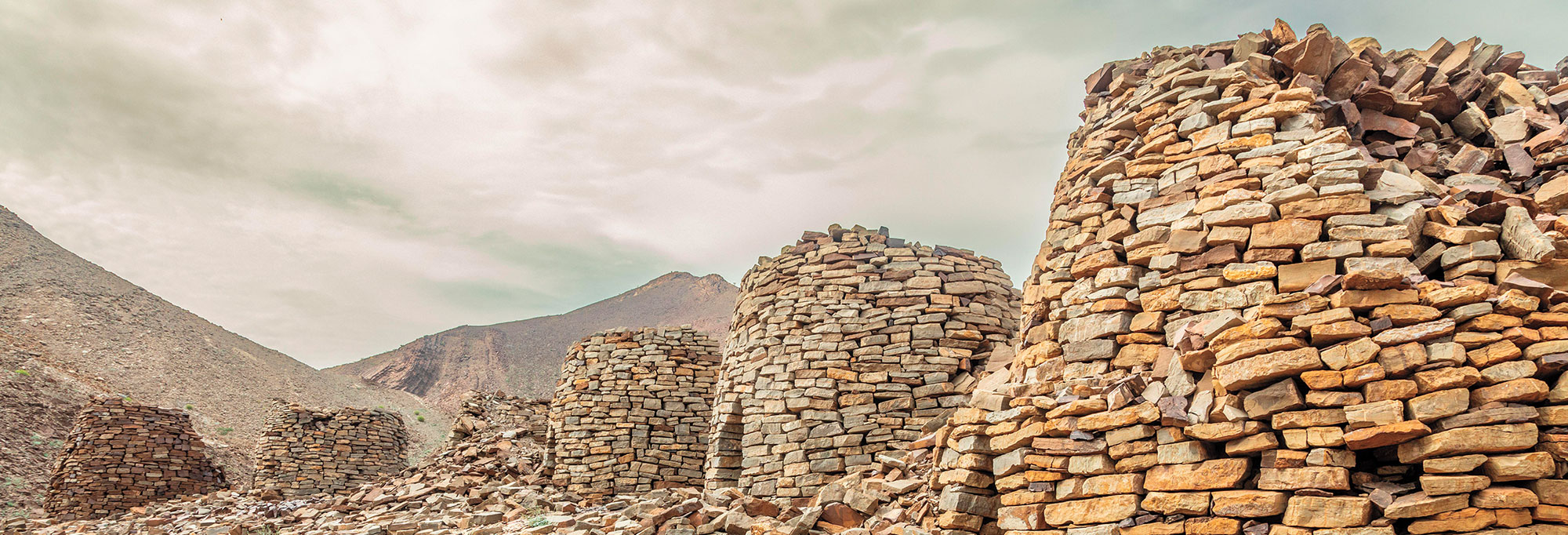
What is it?
Model of a seven-story manor house and tower
Culture
Early first century A.D.
Date
A.D. 79-130
Material
Pottery
Found
1993, Tomb no. 6 at Baizhuang, Jiaozuo, Henan Province
Dimensions
6.2 feet tall
Currently Located
Henan Museum, China
Since the beginning of the twentieth century, many mingqi (a word that literally means "visible objects," used to mean all types of grave furnishings) have been discovered in Han Dynasty tombs in Henan Province, but few are as impressive as this six-foot-tall model of a multi-story manor house.
Actual remains of ancient Chinese domestic architecture are rare. Scholars, however, are still able to glean the appearance of some types of houses from pottery models, such as this one, that reveal a higher level of architectural achievement than had previously been imagined.
From the carefully constructed main house and tower with its brightly colored exterior, to the enclosed courtyard with its model dog, the level of detail shown in this mingqi is impressive. The artist even inscribed small markings on the home's exterior, both to sign his work and to help him assemble the model.
Many Han Dynasty tombs were equipped with the necessities of everyday life including furniture, cooking utensils, and even food—items thought to provide comfort and ease the soul's transition to the afterlife. Mingqi as elaborate as this, however, would only have been buried with the wealthiest members of Han society.


